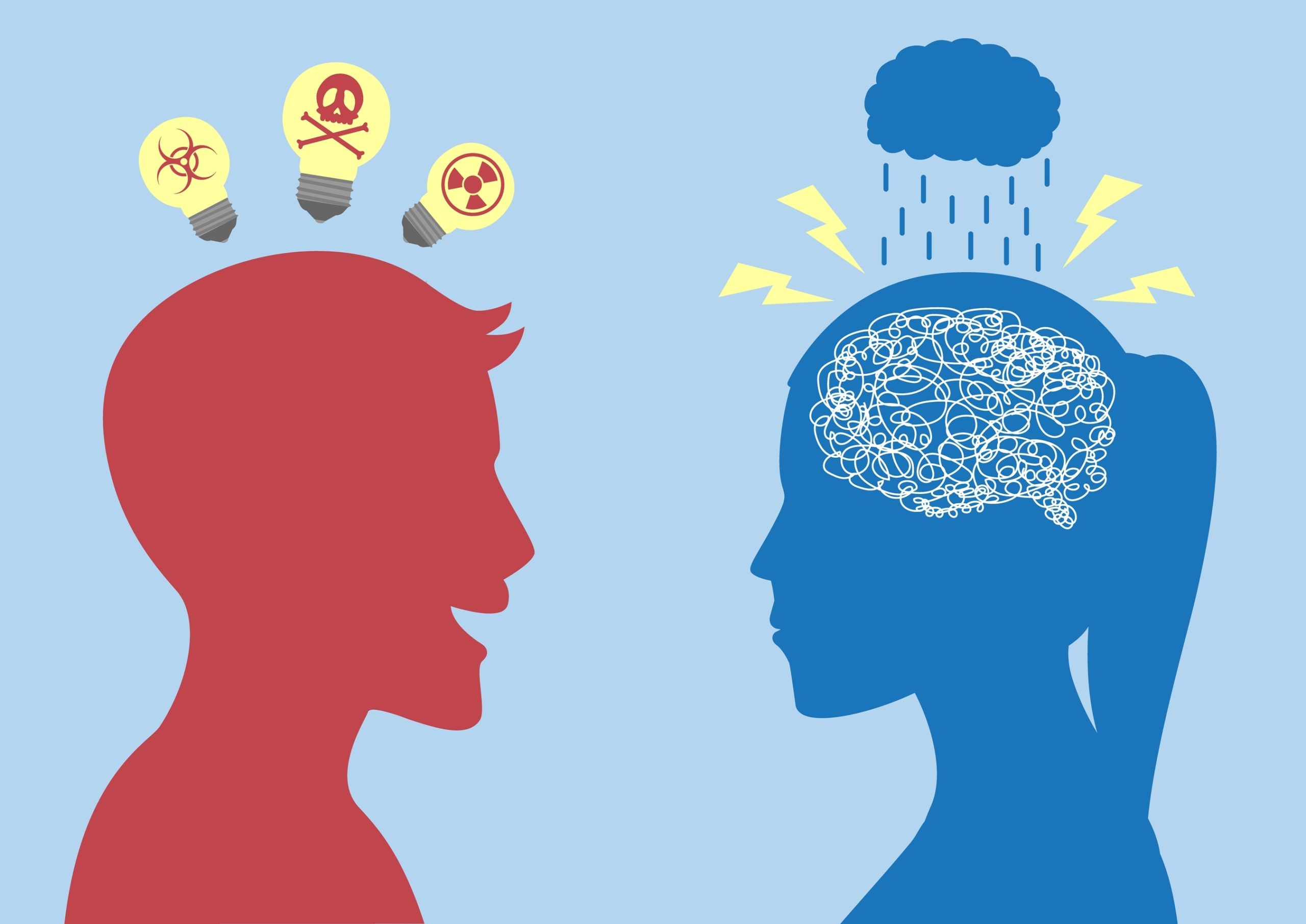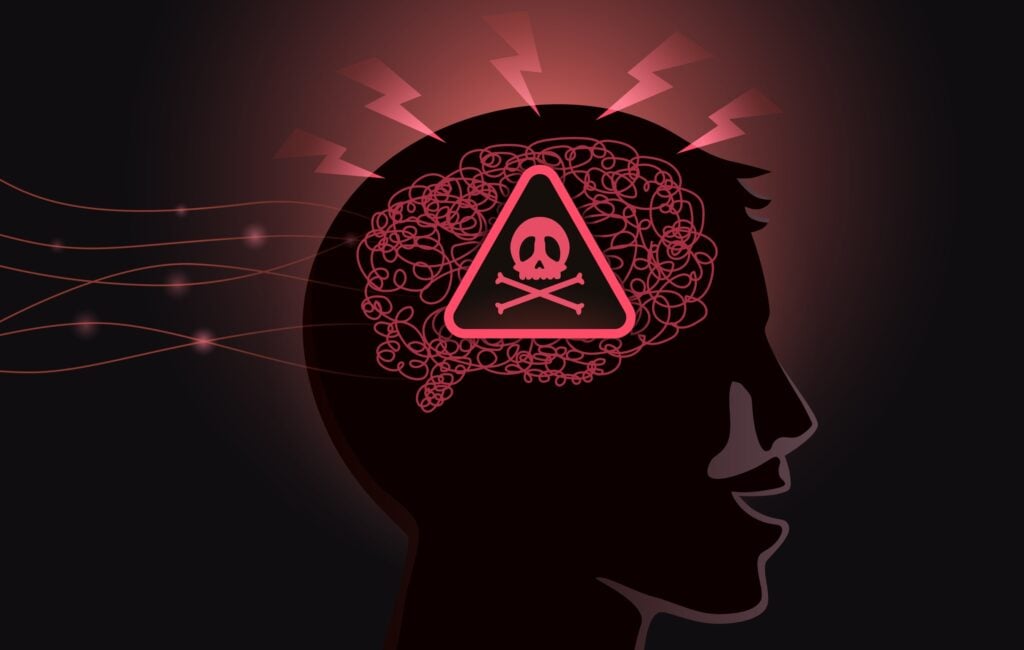One of the most beautiful, most commendable traits we humans, as a species, possess is our innate desire to assist and support others. Whether it’s a friend, a family member, or a colleague, an astounding number of us will find it within our hearts to extend a helping hand to a fellow human being in need.
The amazing thing is that, whether we’re helping emotionally, practically, or physically – it doesn’t matter. If we’re doing it from the bottom of our hearts, genuinely investing ourselves into bettering someone else – the mere gesture is enough to make all the difference in the world.
However, despite all the potential this ability of ours possesses, sometimes it gets misfocused, turning from empowering to enabling. When that happens, instead of it being a catalyst for improvement, it becomes an anchor dragging everyone involved to the depths of stagnation, stunted growth, and self-destruction.
For this reason, it’s imperative to understand the fine line that separates these three, seemingly same concepts: empowering, helping, and enabling.

What Is Empowerment?
In recent years, empowerment has gained considerable popularity and traction, both as a term and “philosophy”. However, its definition remains vague, due to the fact that every person interprets it differently, typically based on individual viewpoints and experiences.
The idea of empowerment, on the other hand, encompasses everything that gives the individual tools, knowledge, confidence, affirmation, or a number of other “resources” that they need to become masters of their own lives, in virtually every conceivable way.
As such, we can safely deduce that empowerment goes beyond merely offering or receiving assistance. Rather, it’s the means of fostering self-reliance, self-respect, independence, individuality, and personal growth.
What Is The Difference Between Empowerment And Enabling?
At the first glance, enable vs. empower may not seem like a contest yet, rather, as a mirror match. This is understandable if we consider two facts:
- Both stem from the same intentions;
- Both involve providing assistance to others.
However, there are some critical and not-so-subtle differences between the two.
Enable vs. Empower: A Side-By-Side Comparison
The distinction between enabling and empowering becomes evident only when we reflect on the outcome of each respective approach:
Independence vs. Dependence
- Empowerment fosters independence and self-reliance. It means giving an individual the tools (e.g. skills, knowledge) they need to stand on their own two feet.
- Enabling often leads to dependence, where a person learns to rely on external support, rather than developing their life-handling capabilities.
Short-Term vs. Long-Term Goals
- Empowerment is long-term-focused, as it equips individuals with the skills and mindset necessary for ongoing, sustained success;
- Enabling addresses immediate, short-term needs, without considering or even blatantly ignoring the bigger picture.
Accountability vs. Unaccountability
- Empowerment teaches responsibility by encouraging individuals to own up to their actions and decisions, driving them to grow by learning from past experiences, good or bad;
- Enabling shields individuals from the consequences of their own actions. However, in doing so, it also “protects” them from facing challenges and difficulties that amount to valuable life lessons essential for personal growth.
Autonomy vs. “Malleability”
- Empowerment respects a person’s autonomy, choices, and boundaries, even if they don’t align with the helper’s opinions;
- Enabling often involves imposing the helper’s will on the recipient, further deepening the (co)dependent patterns.
What Is The Difference Between Being Supportive And Enabling?
Same as empowering and enabling, helping and enabling are not synonymous with each other. Much like empowerment, being supportive entails giving someone the means of making their situation better.
This can involve standing by them in their time of need, providing compassionate and mindful assistance, encouraging them to face challenges, and cheering them on as they push through difficulties.
As such, supporting someone means inspiring and motivating them to make a positive change in their lives on their own, thereby augmenting their innate potential for personal growth and development.
Enabling, on the other hand, is the exact polar opposite. As mentioned, enablers tend to shield a person from consequences, challenges, and difficulties that they need to overcome, even though said individuals possess the capacity to do so on their own.
Although well-intentioned, this approach can effectively take away the recipient’s agency, rendering them passive, unaware, or indifferent to the possibility of taking transformative action, inadvertently hindering their personal growth.
What Can You Say To Empower Someone?
Learning how to support without enabling is one of, if not the most powerful tool in your empowerment arsenal. Even so, the question remains: What to say to empower someone, without jeopardizing their agency or potential?
Well, therein lies the beauty of empowerment: sometimes, you don’t have to say a word! Sometimes, all it takes is to actively listen to what the other person has to say, doing your best to understand their needs, aspirations, and concerns without judgment.
Of course, you’ll inevitably come across situations where verbal responses will be requested or required. However, since every person is different and empowerment is subjective, there is no way (or point) in trying to find a “universal empowerment formula”.
What you can do is coin your responses and approach based on everything you’d learned up until now. To empower and not enable, you need to try to:
- Provide relevant information and/or resources that will help the person make informed decisions;
- Prompt self-reflection by asking meaningful, open-ended questions that will encourage the person to explore their feelings, thoughts, and attitudes;
- Offer words of encouragement and affirmation in order to boost their confidence and help them recognize their own strengths and capabilities;
- Respect their autonomy, choices, and opinions, even if they drastically differ from your own;
- Encourage them to take responsibility for their own actions and decisions, and to learn from resulting experiences;
Finally, be there for them to provide emotional support and guidance, but avoid trying to control their decisions or impose your opinions. Instead, offer unbiased assistance in analyzing past experiences and situations, allowing them to derive their own conclusions.
By following these guidelines, you’ll actively challenge a person to become a better version of themselves, effectively catalyzing a change for the better. And the best thing about it is that you’ll grow as an individual, too, along the way.

Reach Out To PIVOT And Learn How To Support Without Enabling
Looking for an effective way to break free from the cycle of enabling and finally stop feeling stuck and overwhelmed by negative patterns in your relationships? Look no further, for PIVOT is here to help you discover the might of empowerment and guide you on your journey to personal development.
In the tranquil environment of our Glass House Retreat, you’ll embark on a profound exploration of self-awareness and self-validation that will give you a new perspective on life, empowering you to create harmonious relationships that you’ve dreamed of.Our passionate team of experienced personal coaches stands ready to help you uncover your true potential and give you the tools to empower yourself and your loved ones. Reach out to us today and become the true force of positivity!
















